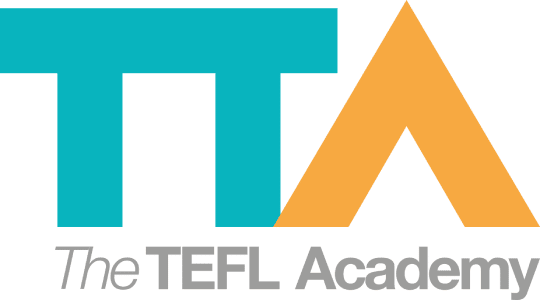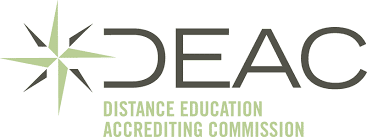How Teaching Phonics Can Lead To Better Readers
Join a global community of over 200,000 TEFL teachers working throughout the world! Enrol me!
Reading is an essential skill in any language. Consequently, teaching reading is a very important aspect of teaching a language. There are a number of different theories on the best way to teach reading but recent research suggests that teaching phonics may be the best option.
What is phonics?
Phonics is a method for teaching reading and writing in a language by creating an awareness of phonemes, or sounds. Teaching phonics essentially means teaching learners the relationships between letters (or groups of letters) and their sounds. Learning these relationships helps new readers decode new words by sounding them out. This is in contrast to the whole word approach, which advocates learning to read words by sight.
Why should we use phonics?
New research shows that learning to read through phonics leads to more accurate reading aloud and better comprehension than focusing on whole words. Studies have shown that learners who are taught using the whole-word approach are no better off at comprehension than those taught using phonics. What’s more, learners who were taught to read using phonics were better at reading aloud. Not only that, but those who were taught using the whole-word method actually had to work harder than those taught using phonics.
How can we teach phonics in the EFL classroom?
- Understand that teaching phonics will become part and parcel of every single lesson. This isn’t as bad as it sounds because this approach will only be used with Beginner students. Students at any higher level should be able to read already.
- Decide which sound-spelling correspondence you will teach in the lesson, and make sure you understand it thoroughly.
- Start with the simple relationships and move on to the more complex ones later.
- Make sure your explanations are clear and simple.
- Involve the student in the lesson by encouraging speaking, repetition and imitation.
- Model the sound clearly and repetitively.
- Test understanding throughout the lesson.
- Use creative examples.
Problems teaching phonics in the EFL classroom
As with any teaching method, there are a few difficulties with this one.
Teaching phonics has been proven effective with first language speakers and bilingual learners. However, similar research into the effect of phonics instruction on EFL learners has not been done extensively.
Many teachers are not equipped to teach phonics. As with other pronunciation issues, they are reluctant to teach it. They are not familiar with the teaching methodology and so are hesitant to incorporate it into their lessons.
There is a shortage of teaching materials. Though there are various options for teaching phonics to children, there aren’t many resources that cater for teaching adults. In EFL, teaching adults is commonplace. Teaching adults to read is a tricky situation and using the same materials as those used with children is not satisfactory or effective.
Having said all that, teaching phonics has been shown to be a good idea and should not be ignored. If you find yourself having to teach reading and writing, do your research into teaching phonics and implement it into your lessons.
Accreditation & Quality Assurance
The TEFL Academy was the world’s first TEFL course provider to receive official recognition from government regulated awarding bodies in both the USA and UK. This means when you graduate you’ll hold a globally recognised Level 3 (120hr) Certificate or Level 5 (168hr) Diploma, meaning you can find work anywhere and apply for jobs immediately.
 United Kingdom
UK
United Kingdom
UK












